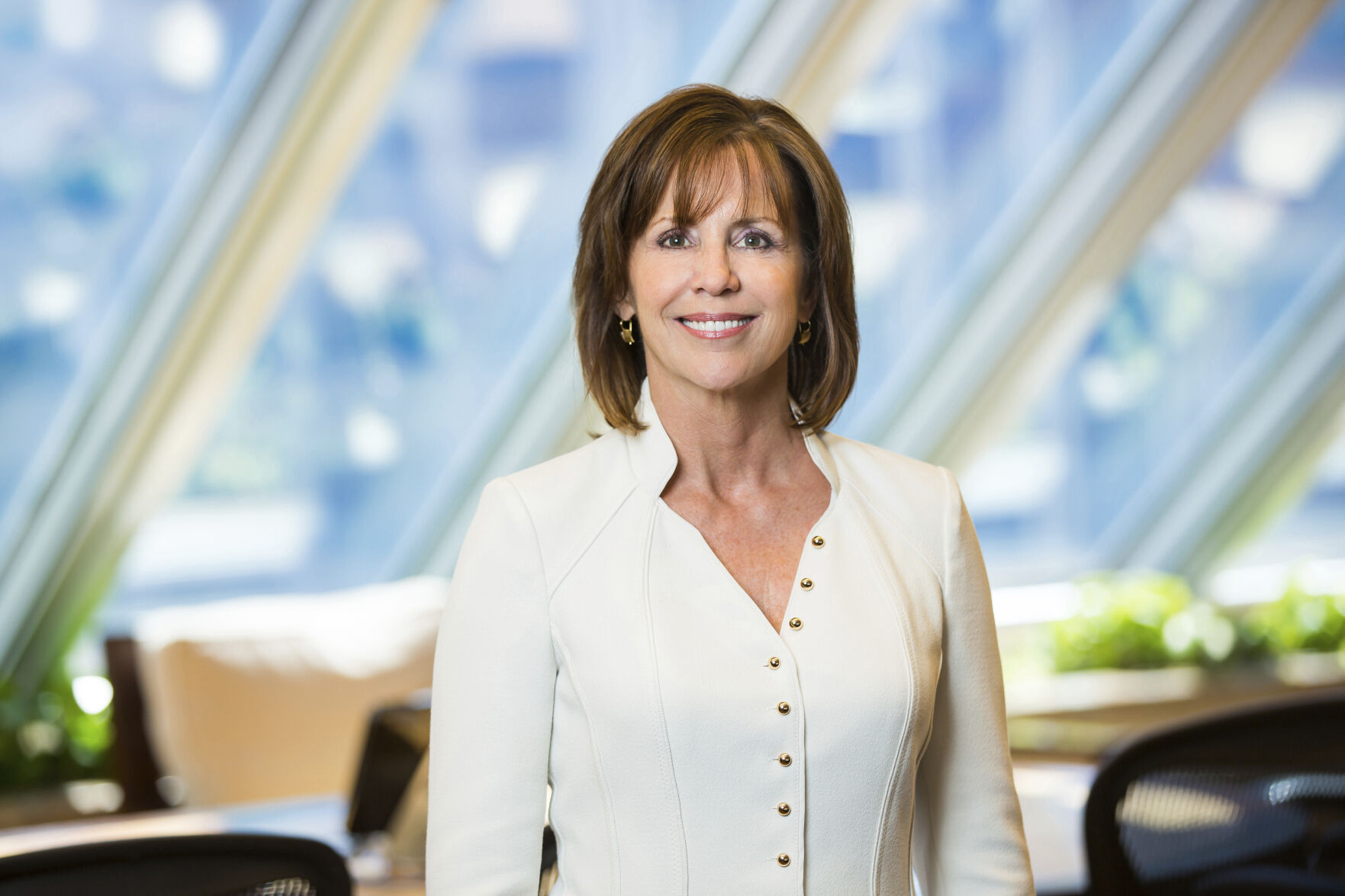NEW YORK — Jean Case, who rose to fortune and fame as an executive at American Online, has been a fan of impact investing since before it had that name.
It looks to invest in projects and companies that make a direct impact on society, like Warby Parker, the eyeglass retailer that distributes a pair to people in need for every pair sold.
Case is now chairman at the National Geographic Society and CEO of the Case Foundation, which she created with her husband and AOL co-founder Steve Case. She spoke with The Associated Press about her efforts to expand impact investing, particularly when a similar style of investing known as ESG has become the target of harsh political criticism. The interview has been edited for clarity and length.
Q: You came up through the corporate world rather than investing. How did you first get started in impact investing?
A: It was from my own personal desire to invest in a way that could bring both a financial return but also help society in one way or another.
The term “impact investing” hadn’t really been invented until decades after we started America Online. When I look back at my tech career, many of those companies were focused on bringing benefits to society and specifically to democratizing access to information and communication and just knowledge more broadly. We saw ourselves at AOL as building on a mission. No one was calling that an “impact company” in its day.
Once I realized there was a whole sector called impact investing, I jumped in, and the role of the Case Foundation was to try to expand that more broadly.
We realized very quickly that even the most sophisticated financial leaders had no idea what we were talking about.
Q: What is it exactly?
A: We define impact investing as the investment of capital for a financial return combined with a social return.
Every investment has impact. The question is what impact does it have. Our goal for not just the For What It’s Worth newsletter (that Case produces weekly on impact investing) but through all of our work is to try to drive positive social impact by the powerful use of business and capital.
Q: Does that mean you have to give up some financial return to do impact investing?
A: There is a part of the market that will give up some financial return to have more social return. The market we have been intensely focused on is areas where you are hopefully not compromising financial return to bring a social return alongside it.
Q: You’ve gotten the endowment at the National Geographic to invest in impact projects. How did that happen?
A: You can start with a toe in the water approach. Take a small amount that you might be willing to take a risk on and find some impact investments that you think are good prospects for what you care about.
That’s what we did with National Geographic. We started with an allocation of $50 million out of an endowment that at that time might have been $1.1 billion. Worst case: If it doesn’t perform well, it’s not going to tank the endowment
Q: Did it tank?
A: Interestingly, it outperformed the benchmarks in those asset classes. That got the investment committee a lot more comfortable with the space.
Q: Markets have had a rough go the last year or so. You’re not worried about flagging interest?
A: Impact investing has not been immune from the disruptions in the markets. We’re looking for areas that are safe havens everywhere these days. I will tell you, I’m super bullish for impact investing in the long term.
We have very strong demographic shifts. Between the new generation and women, the amount of new capital coming into the market is extraordinary. In both of those demographic categories, they both have made it very clear they want to use their capital to make a better world and address social challenges.
I’d also say because of those demographic changes, we’ve seen an entirely new class of entrepreneurs building a new class of companies with an impact focus. It used to be just in energy. Today it’s agricultural and housing and fintech and all kinds of sectors that weren’t at the table as impact opportunities.
Q: ESG investing has gotten a lot of political pushback. Have you been surprised by the level?
A: We really have to talk about a couple different things. ESG (investing, which looks at investments through an environmental, social and governance lens) is quite distinct from impact investing.
We have always had a problem with impact investing and ESG in terms of clear measurement, clear standards and transparency. I think impact investing is much cleaner on that than ESG is. I’m very excited about the things that come in the basket of ESG. But without clear measurements and standards, it made it very easy to paint yourself as an ESG offering without a lot of there there.
I haven’t seen as much of that in impact investing.
Q: Isn’t it much easier to do impact investing as a big endowment or institution than as a regular person with an IRA or a 401(k)?
A: It is, no question. But impact investing funds are (much bigger) than just a couple years ago. And assets under management are over $1 trillion. I think that’s meaningful. Those of us very early in the market remember getting super excited about getting to $100 billion.
I do believe the market is starting to organize. I believe there are growing tools for investors.


